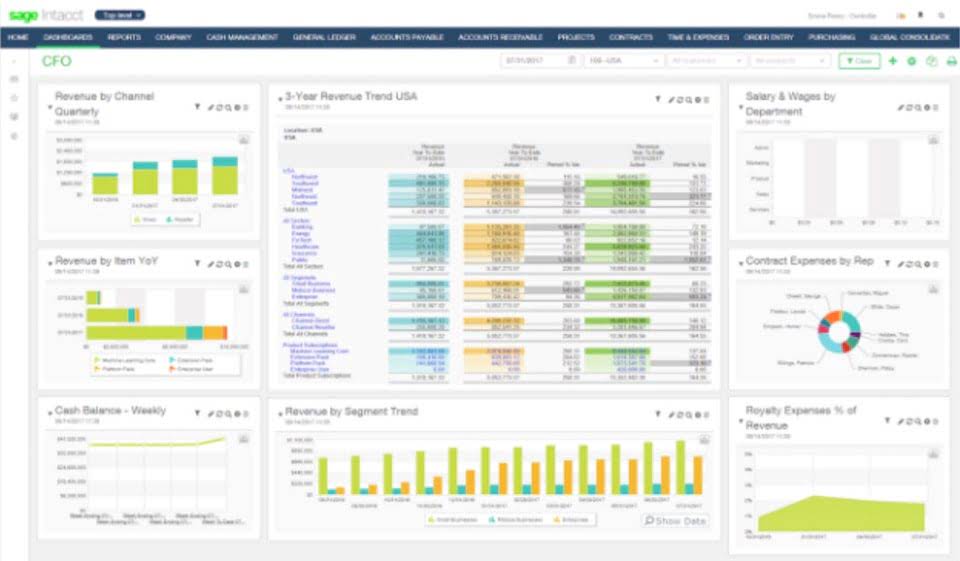Best Accounting Software for Small Retail Businesses of July 2025

These three things — assets, liability and equity — should always balance one another, hence the name of this document. Because the 30 dice at 5 cents each were ordered first, you’ll match this against your inventory and assume that 30 of the dice you sold cost 5 cents each. You’ll then assume that the next 20 you petty cash sold were from the second order, meaning those dice cost you 7 cents each. We believe everyone should be able to make financial decisions with confidence.

The advantages of retail accounting
In fact, calling it retail accounting makes it sound as if there is a special discipline of accounting, especially for retailers. Whereas income statements cover a period of time, like a week, month or year, balance sheets are for an exact date and time. This method is https://www.bookstime.com/ similar in theory to the FIFO method, but instead of matching the cost of the first order of dice to the number of goods sold, you match the cost of the last order of dice to the number of goods sold. We have financial relationships with some companies we cover, earning commissions when readers purchase from our partners or share information about their needs. Our editorial team independently evaluates and recommends products and services based on their research and expertise. Business.com aims to help business owners make informed decisions to support and grow their companies.
Managing inventory cost: Your biggest challenge
You use a predetermined cost-to-sales percentage because with the retail accounting method, you assume that all your inventory items have the same profit margin. Unlike otherinventory valuation methods where you have to physically count inventory, retail accounting requires you to know total dollar amounts of sales and inventory purchases. It also handles large volumes of inventory, making it easier for retailers to manage it without tracking each item’s specific cost. Accounting software keeps track of all of your finances, including purchase and sales orders, created invoices, accounts receivable, and accounts payable.

The importance of retail accounting
- It’s important for retail stores to perform a physical inventory valuation periodically to ensure the accuracy of inventory estimates as a way to support the retail method of valuing inventory.
- Keeping accurate records of your cash flow with this financial statement is crucial to keeping your company afloat.
- Meanwhile, investors look at retail accounting as a window into the company’s performance, using it to gauge the potential return on their investment.
- In other words, retail accounting is a way of tracking inventory costs that is especially simplified compared to the other available methods.
- Retail accounting is a method of valuing inventory and measuring business performance tailored specifically to retailers.
- Read on to discover the benefits and drawbacks of retail accounting, how to determine the cost of inventory, keep track of inventory levels, and other best accounting practices.
While it might save time compared to manually tallying inventory, the trade-off is potentially less accurate data. Consider that you conducted a physical count of your inventory at the quarter’s start, determining its initial cost value to be $80,000. Upon reviewing your sales data from the point-of-sale system, you note that your sales amounted to $30,000 by the quarter’s end. Additionally, you invested $10,000 in restocking yarn and accessories during the quarter. Imagine your retail business selling various types of retail accounting yarn and knitting accessories, with each fiber type and knitting needle set priced differently.
Retail Method of Accounting: Accounting for Retailers: The Retail Method Unveiled
In RIM accounting, if retailers conduct a permanent markdown, we have to update the cost-to-retail ratio, and, effectively, you would have reduced the cost of goods sold or COGS and the value of the inventory. This blog post serves as a stepping stone on your journey towards mastering retail accounting. Seek out additional resources, consult with professionals when needed, and never stop refining your understanding. By embracing the power of retail accounting, you unlock the key to unlocking the full potential of your business and achieving lasting success. In the ever-evolving landscape of retail, technology has become an indispensable partner for success. By embracing the right tools and software solutions, you can streamline operations, gain valuable insights, and unlock new levels of efficiency in your financial management.
- You can learn more about accounting methods by reading IRS Publication 538.
- Also, it is essential to remember that the ending inventory value so determined is an estimation and only partially accurate.
- This method helps businesses manage their cash flow, accurately report profits, and maintain compliance.
- Outsource accounts payable services for retailers to streamline processes, ensure timely payments, avoid late fees, and gain access to advanced technology and skilled professionals.
- Most modern solutions will integrate with your POS system for coordinated inventory and cost tracking.
- Whether through the use of cash basis accounting or accrual accounting, all transactions going in and out of the business accounts need to be accounted for appropriately.
- Following the FIFO method, you’ll take 30 and multiply it by 0.05 and add that to 20 multiplied by 0.07.
You also make the assumption that all units of the same item will have the exact pricing, price changes, and price change rates. Fyle’s support team is there 24/7 to help, with no hidden costs or contracts that lock you in. Reply to this text with a picture of the receipt for instant reconciliation. No more waiting for statements, no chasing down receipts weeks later. This month, due to rising material costs, you bought 50 more sweaters of the same style at $45 each. Under FIFO, when a customer comes in and buys a sweater, you record the cost of that sweater as $40 (from the older batch), even if physically you’re just pulling one from the shelf.

Retail Accounting: The Complete Guide for SMBs
As for the disadvantages, retail accounting is only an estimate and won’t be as accurate as other methods. Because you assign the same prices and markup for products, it’s also unrealistic, especially if prices change often or if you have discounts and promotions. You might need to find a more accurate method to use with retail accounting to get the exact prices and inventory values. The retail method is different from the other costing methods since it values the inventory based on the retail price instead of the cost to acquire them. This method helps you get an approximate value for your inventory without having to count the inventory often.
- The FIFO method would be best to use in this scenario if customers took dice out of the bottom of your bucket.
- FIFO accounting is relatively straightforward and a fundamental aspect of retail accounting.
- Unlike traditional accounting methods, which may focus on the overall financial health of a company, retail accounting zooms in on the day-to-day transactions that drive a retailer’s business.
- Using the LIFO inventory costing method means you assume the items purchased recently are the first ones sold.
- On the other side, you list your liabilities, such as business credit cards.
- Remember, the key lies not only in selling products but also in managing your finances wisely.
Best Accounting Software for Small Retail Businesses of July 2025
The LIFO method assumes the most recent items entered into your inventory will be the ones to sell first. More on this in a bit, but first it’s important to understand the importance of accounting for the cost of inventory in your retail business. You can determine the cost of products sold and the cost of your ending inventory using the more straightforward retail technique, depending on the kind of inventory you sell. Our services bank on a team of experienced professionals who possess in-depth knowledge of retail accounting practices. The team consists of retail accountants, retail bookkeepers, and financial analysts who work together to provide both single-entry and double-entry accounting.